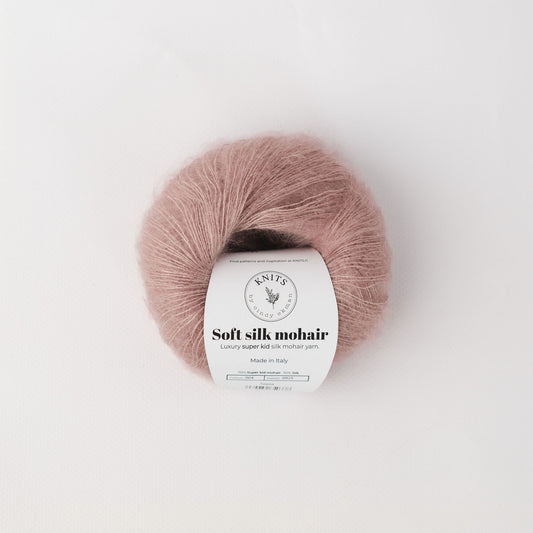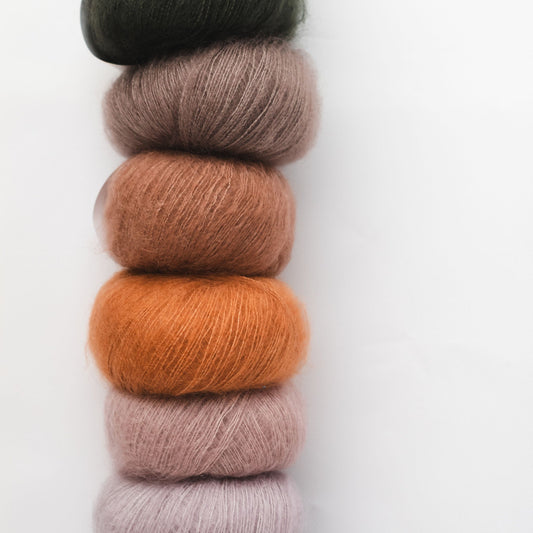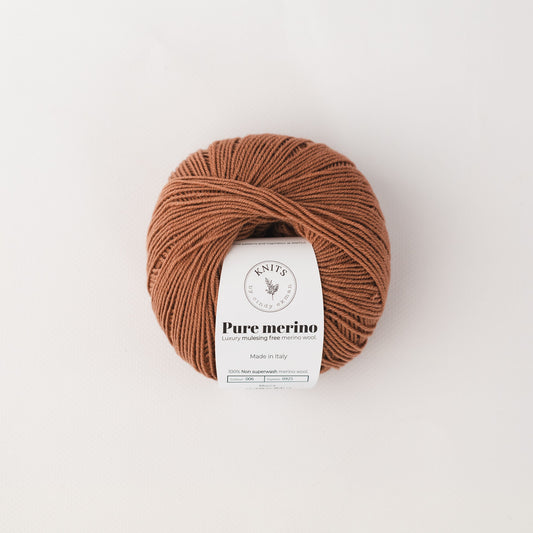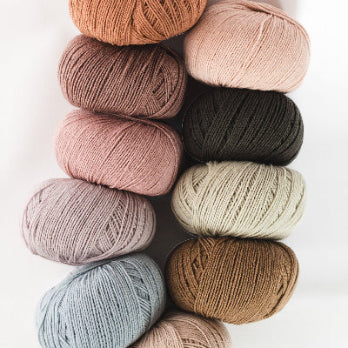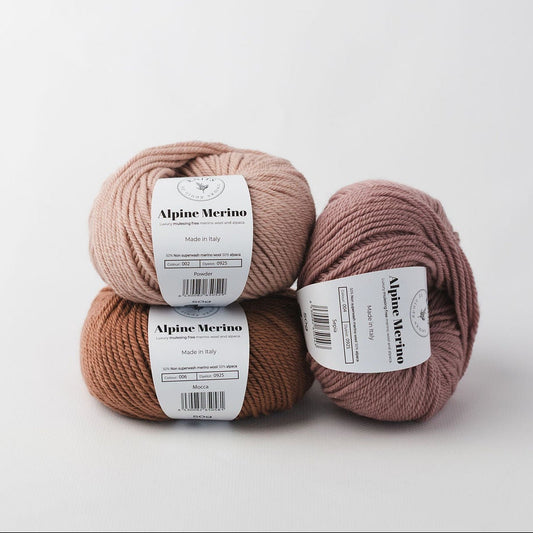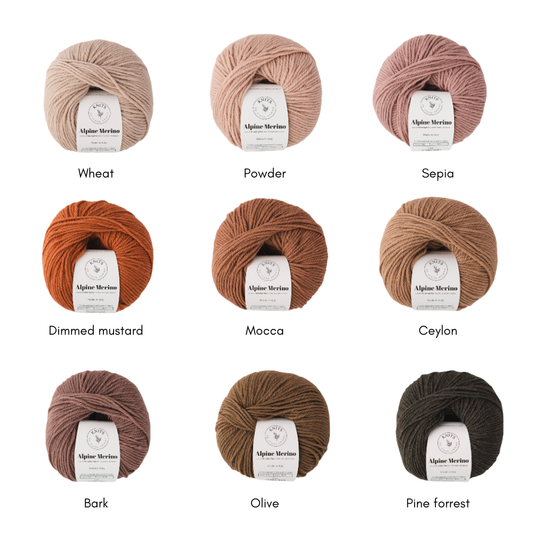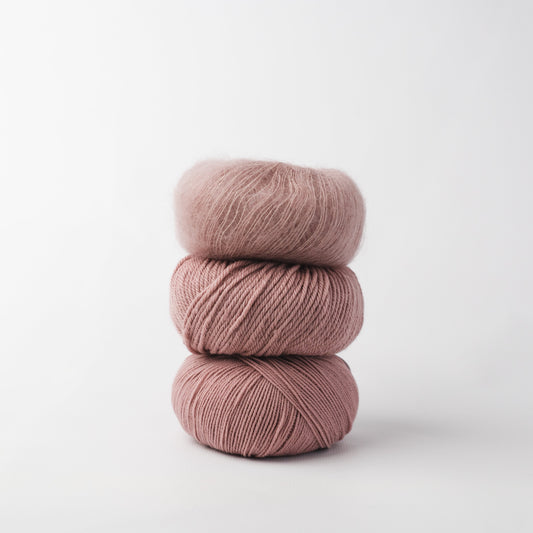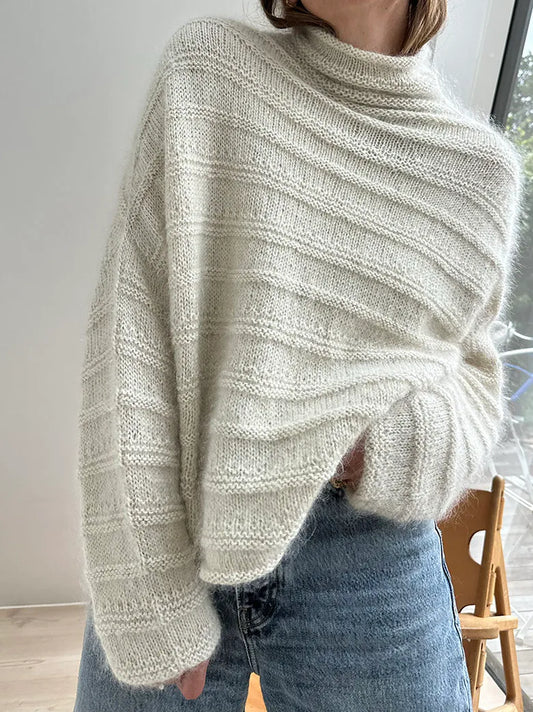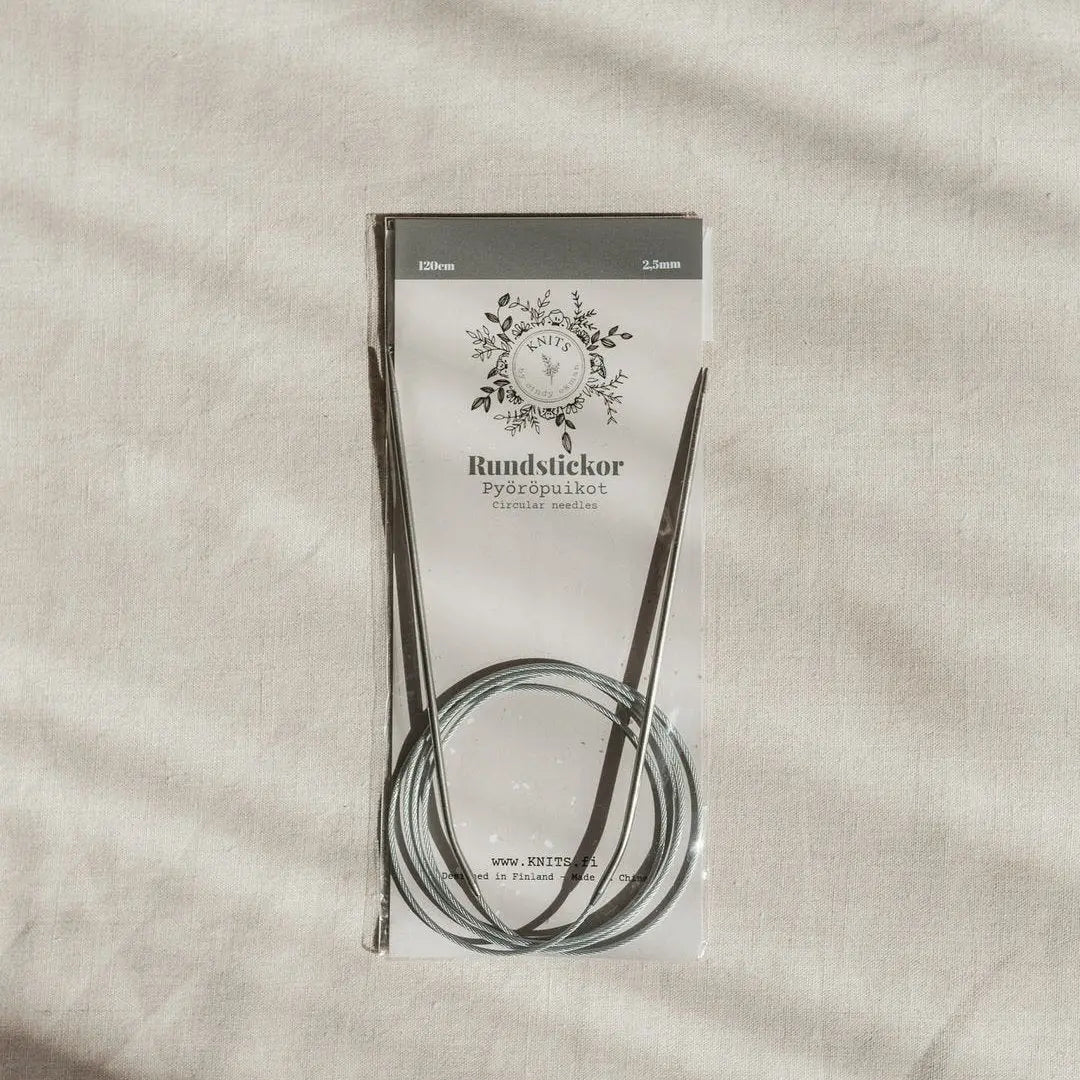Colour analysis isn’t just for your regular wardrobe. It can also help you choose yarn shades that make your knitted wardrobe be very useful. Finding your colour season is a simple way to understand which tones naturally complement your skin, your style and the feeling you want in your wardrobe.
Understanding the seasons
Colour analysis divides tones into four main seasons: Spring, Summer, Autumn and Winter. Each season has its own character, from the soft and glowing shades of Spring to the deep and dramatic tones of Winter.
-
Spring: Warm and light shades with golden undertones. Think peach, coral, warm beige and soft turquoise.
-
Summer: Cool and soft shades with a touch of grey. Dusty blue, lavender and rose are perfect examples.
-
Autumn: Warm and rich tones inspired by nature, such as burnt orange, olive, mustard and chestnut.
-
Winter: Cool, clear and contrasting colours like navy, emerald, black and icy pink.
How it works with yarn
When you pick yarn for a project, think of how the colour reflects your natural tones or the feeling you want to create.
If you look best in warm jewellery tones, try earthy shades from the Autumn palette. If softer, misty hues flatter you, explore the gentle neutrals of Summer.
The beauty of yarn is that it’s tactile. You don’t just see the colour, you feel it. Some fibres give a subtle glow, others add depth or softness to the shade.
Mixing your palette
You don’t have to follow the seasons strictly. Many knitters discover they are a blend of two seasons, maybe a Soft Autumn who also loves muted Spring colours. Use your palette as inspiration, not as a rulebook.
Remember that colour analysis is not about restriction. It’s about discovering what feels most like you. Let your yarn choices tell your story in colour, texture and light.



